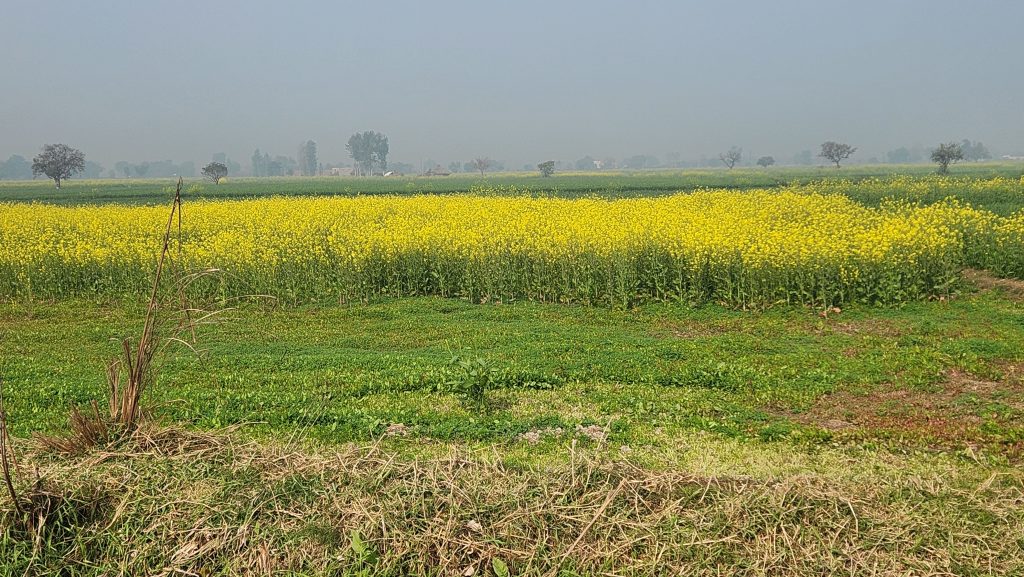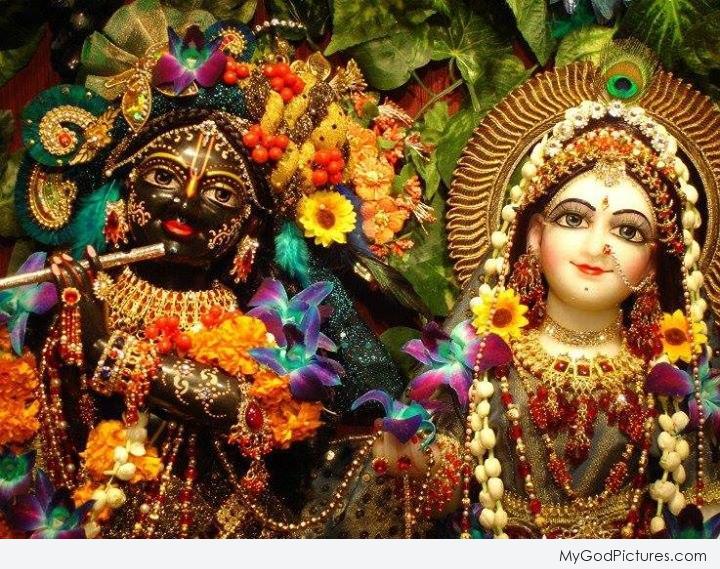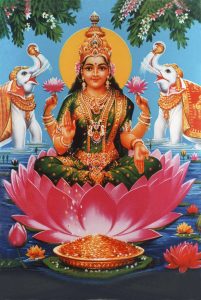
Julie Pasqual is one of the world’s most captivating storytellers. We sat down with her in honor of International Women’s Month to shed light on three goddesses who share the sacred meaning of one. In this workshop, Julie describes at length what the symbolism behind these goddesses are, how they came to be, and how they are celebrated. This blog will provide a brief overview of the goddesses discussed in the workshop and include the introduction video.
Radha, a Hindu goddess, is known as the very embodiment of love. Mostly found right beside Krishna, Radha is said to be his internal energy and purest representation of the energy of love. It is said throughout the ancient texts that Krishna’s pleasure is her. Radha is the pleasure of true love; but the embodiment of love, not a romantic love like we are mostly used to seeing in texts. Born to a family that really wanted children, she was a child of the divine. Her family wanted a child so badly that they prayed and prayed and prayed until one day, with beautiful lotus eyes and golden skin, they found Radha. In India, there are fields of mustard seed flowers, all golden yellow. This is said to be the beauty of Radha Rani. Radha has many, many names also and can be referred to by any of them — the important piece is that she is recognized as the divine, or Sri Radha.

The mustard seed fields in India that are believed to be the representation of the Hindu goddess Radha (the goddess of love).
Why do we learn about the goddesses?
As we celebrate meaningful months like Black History Month, International Women’s Month, International Yoga Day/Month, etc., we often call to the forefront the very things that help shape these months. For International Women’s Month, we are encouraged to look throughout time to explore all figures that identify as a woman in hopes of bringing forth the joy, celebration, and education that lives behind them.

Deity Radha and Krsna
The goddess Radha is not just a prominent figure in the tale of Krishna, the deity from The Bhagavad Gita (an essential scripture in the yogic texts), but also the true embodiment of love and how women are often portrayed as love, intuition, and sacredness throughout life, even present day. Lastly, there is never any jealousy with Radha, she encourages people to come forth to divinity, humility, and selflessness. By studying the goddesses, we can learn essential information on how to care for one another, how to show up in community, and how to stay true to the calling of devotion and love.
Hindu goddesses and yoga philosophy
By learning of Radha’s tale, we learn that true beauty comes from within. Radha was an expert at all of her duties: singing, joking, laughing, dancing, because all of her activities were done purely out of love and all of what she does pleases Krishna (pleases the divine).

Painting of Goddess Laxmi
Julie mentions in the video above a quote from her teacher, “To love is to please and to please is to serve.” This can directly apply to the yoga practice. By being devoted to our practice and consistently showing up to it (in whatever form you practice – yoga asana, devotional yoga, karmic yoga, etc.), we are devoting ourselves to an act of purity, an act of love.
Julie also mentions the Quakers saying, “When you pray, move your feet,” meaning, when you love, you bring about action, you offer it. This sentiment is often applied to the yoga practice. It is one seen as a wholesome effort of devotion and action. Following the moral guidelines (yama and niyama), we can learn to show up in a pure way that echoes beyond just yoga and ripples out into our everyday lives. It is in these ancient tales and stories of the goddesses that we learn what true devotion really is and why we do it.
Famous characteristics of Radha:
- She is considered the most famous of the Hindu goddesses
- Affectionate to elderly people
- Always makes herself subordinate to her friends (always letting them go first; putting them ahead of herself)
- She always has Krishna under her control by pure love
Learn more about yoga philosophy
We’ve just published an entire database of yoga philosophy inspired classes and courses inside the YogaRenew app. Download it today or check out our online yoga teacher training courses to enroll in a course with Julie and explore ancient texts like The Bhagavad Gita and more! These teachings can be applied to your yoga classes as a teacher or for your own personal practice. Thanks for staying connected with us. We’re so happy you’re here!







